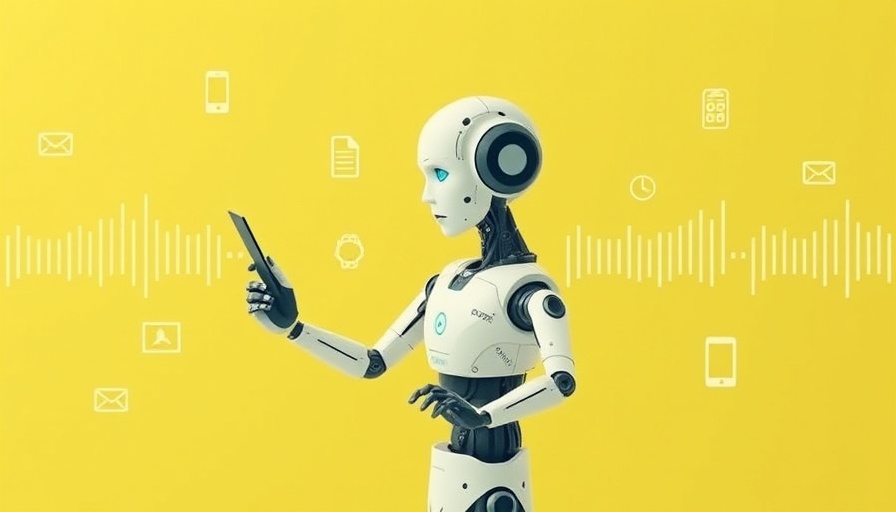
AI: The New Frontier in Marketing Jobs
As financial pressures mount, marketing departments are finding themselves at a critical crossroads. A recent report by Gartner has illuminated the stark reality: AI is not just a tool in the marketing toolbox; it is becoming a formidable replacement for traditional marketing roles. With CMO budgets stagnating at 7.7% of company revenues, the push towards efficiency is reshaping the workforce landscape in unprecedented ways.
Why Marketing Budgets Are Stagnating
This stagnation in budgets isn't just a number on a spreadsheet; it reflects a profound shift in how companies are planning their strategic moves. According to Gartner’s survey of 402 CMOs, a significant 59% reported not having enough budget to fully execute their strategies for this year. As they tighten their belts, many CMOs are turning to AI as a lifeline, using it not only to bolster productivity but also to significantly cut labor costs. This presents a unique challenge: the need for creativity and branding is greater than ever, yet resources to generate that creativity are shrinking.
The AI Revolution: Opportunity or Threat?
Interestingly, the reliance on AI for cost efficiency has sparked a vital debate. While 40% of CMOs are employing AI for automating creative generation and ad operations, there is concern about the long-term impacts on job security within marketing teams. Ewan McIntyre, Chief of Research at Gartner, cautions against viewing AI merely as a cost-cutting measure. This perspective could lead organizations to overlook the creative aspects of marketing, undermining innovation and brand identity at a critical moment.
Shifting Strategies for Brands
Today’s top marketing strategies highlight a shifting paradigm where technology and human ingenuity must coexist harmoniously. CMOs are reconsidering their investments in marketing technology, with 33% planning to redirect funds from low-ROI initiatives towards strategies that yield higher returns. This reallocation emphasizes a blend of human creativity supported by AI, rather than a complete substitution of traditional roles.
The Creative Balance: Leveraging Human and AI Strengths
As AI takes on repetitive tasks, what does this mean for creative marketing? Brands might find that AI can handle data-driven tasks effectively, but the human touch remains essential for brand storytelling and emotional engagement. It's critical for business leaders, especially those generating between $2M–$10M in annual revenue, to understand the importance of striking a balance between employing AI and fostering human talent. This balance will be critical in preserving the distinctive voice and identity of each brand.
Conclusion: Navigating the Future with AI
As marketing professionals, embracing the capabilities of AI can lead to greater efficiency and expanded reach in customer acquisition strategies. However, it’s equally vital to protect the human elements that breathe life into marketing campaigns. By looking at AI not just as a replacement but as a partner in creativity and strategy, businesses can not only survive but thrive in this ever-evolving landscape. Now is the time for business owners to assess their current operations and align them with the emerging AI trends in marketing.
Ready to transform how you approach your marketing strategies? Explore AI tools that can enhance your lead generation and branding efforts while preserving your unique company ethos.
 Add Row
Add Row  Add
Add 



Write A Comment